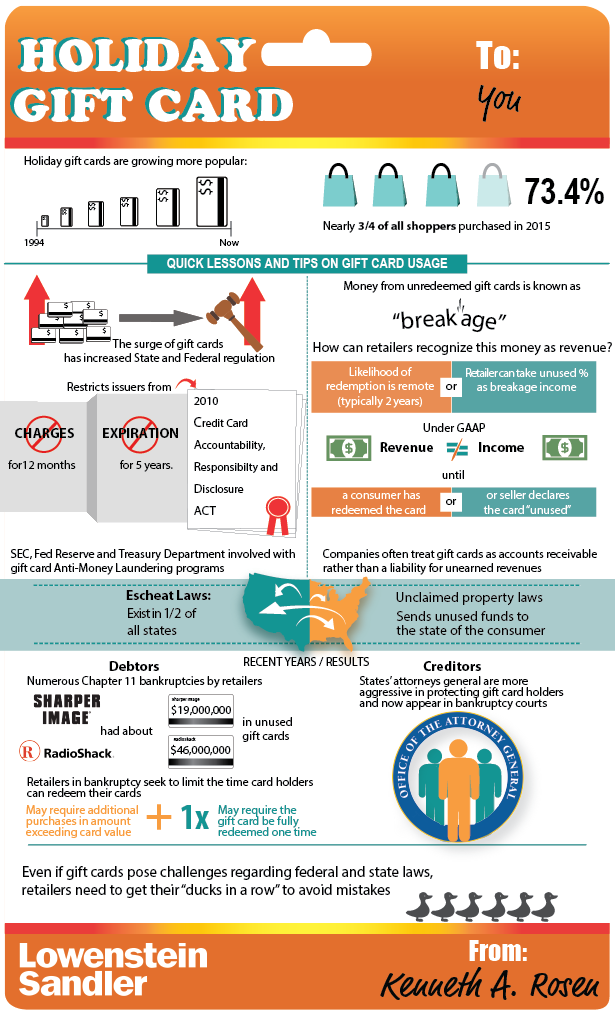Unlike various other packaging kinds, glass things use buyers a multi-sensory experience that urges them to connect. This is why numerous customers pick to acquire food and drink in glass.
Previous research study on glasses has actually demonstrated that shape influences customer judgment and intake patterns. This study aims to take a look at these results in a natural context of drinking by checking out the influence of glass shape on subjective reactions and drinking habits.
Openness
Openness is a fundamental concept that's particularly crucial in constructing trust with new clients. According to a recent record from NielsenIQ, 81% of food and drink customers consider transparency essential or incredibly crucial when making their acquisition choices both online and in-store. Including glass into your products and spaces can help you convey transparency in a subtle manner in which works at developing an interesting customer experience.
As an example, a company installed translucent glass partitions in its work area to cheer up the area and advertise a much more joint setting. Staff members reported a renovation in state of mind and performance, pointing out the renewing results of natural light and aesthetic connection.
Moreover, brands that focus on openness can gain substantial incentives in the form of brand name commitment and trust fund from customers. The skin care brand name Paula's Selection is a superb instance, as it gives a complete components listing on its item packaging. By supplying clear info regarding its products, the brand has built an excellent reputation amongst Generation Z customers and is taken into consideration a relied on resource of skin care (Allison). The transparency of glass can also invoke a sense of quality and knowledge in art items.
Multi-Sensory Experience
Multisensory experience style concentrates on engaging multiple human senses simultaneously, leveraging the understanding that human perception relies upon the input of numerous sensory techniques. These include sight, sound, touch, preference, and scent.
By utilizing a multisensory technique, brands can provide a more purposeful brand name experience that creates stronger emotional links with customers. Unlike standard ad campaign that target the visual and auditory detects, multisensory experiences are created to promote a full spectrum of feelings and stimulate a more nuanced perception of a product or service.
As an example, an interactive gallery exhibition can incorporate a mix of sensory components to aid visitors immerse themselves in the tale. A virtual reality experience can integrate sight, hearing, and haptic feedback to develop an immersive, sensory-driven experience. Additionally, multisensory experiences can be developed to appeal to the specific social and personal preferences of each specific user. However, making these experiences entails honest considerations that have to be taken into consideration, such as guaranteeing that the experiences are accessible and comprehensive to all people.
Conveys a Greater Level of Quality
When a firm provides personalized glass plaques to staff members, it indicates that they are seen, not as just among numerous, yet as special individuals that bring special strengths to the group. This is a powerful spirits booster that can have continuous positive results on worker partnerships.
Special coloration, embossing, and exclusive shapes additionally communicate a sense of high quality. A craft distillery's distinctive container style, as an example, interacts the brand's artisanal technique and connects its item to ancient amphorae. These attributes transform a container from a common to bespoke, establishing an effective barrier to replica and establishing the brand name as an authority.
Custom-printed glasses can include a range of layouts, from photo-realistic logos to imaginative pictures. Engraved wine glasses, for instance, make a great present for groomsmen or for commemorating birthdays and wedding anniversaries. They also work as attractive home decoration pieces. These styles create a deeper psychological connection with the recipient and aid to build brand name loyalty.
Involves Shoppers
Unlike other product packaging types, glass sticks out on racks and motivates in-store communication. For example, appeal brand Guerlain allows shoppers custom whiskey glass gift to etch their names on their legendary Rouge lipstick and perfume containers. This allows consumers to tailor their items and produce personalized gifts for others.
Customers also like personalized glass products since they have the capacity to see representations of their styles and modify them as needed. Because of this, the product feels like their very own and they can feel great when adding it to their carts.
The precious jewelry, watch, and fashion industries are understood for taking advantage of these theories and making use of item personalization as a marketing device. But now, business in the food and drink industry can also utilize this strategy to connect with clients on a psychological degree and increase "Contribute to Cart" conversions.
